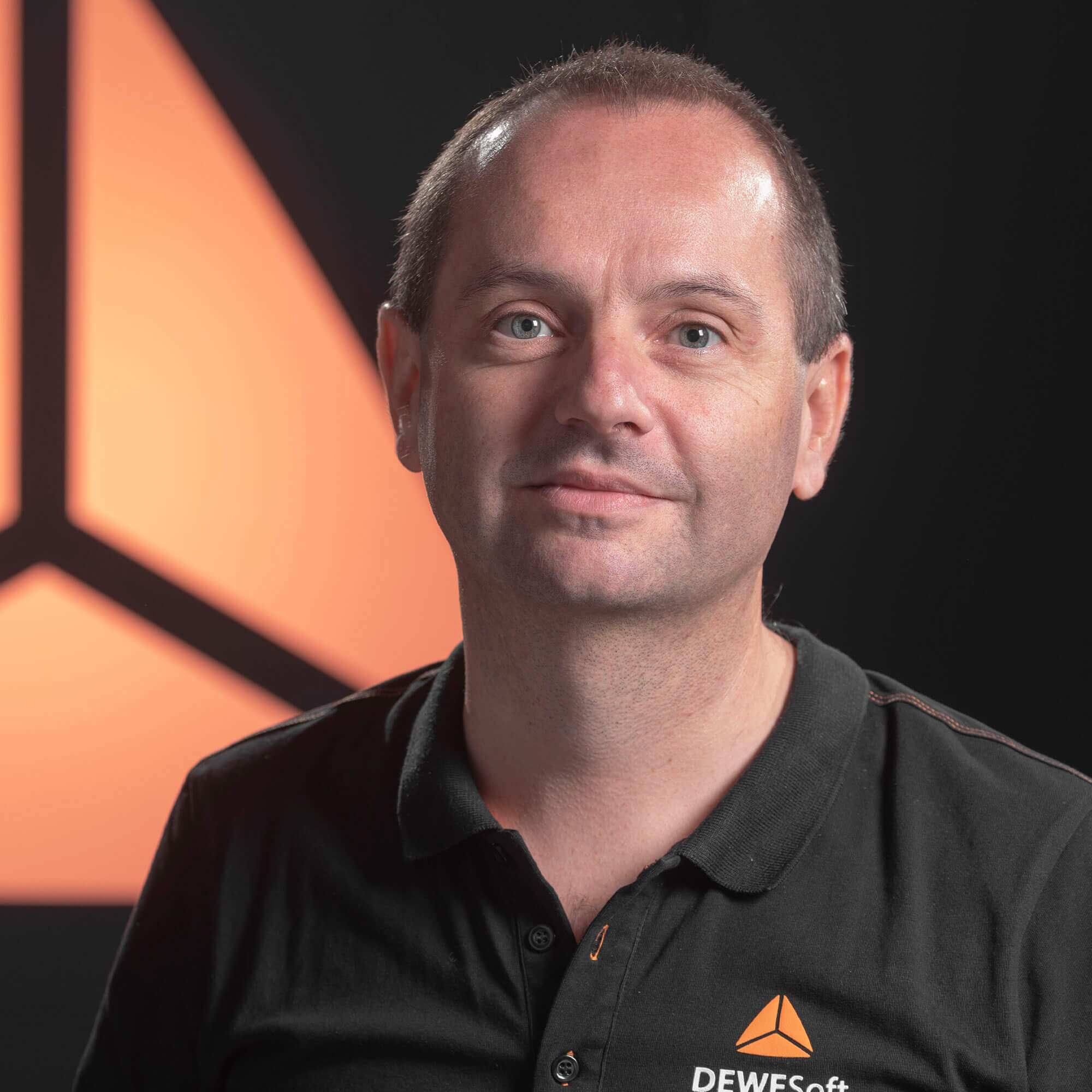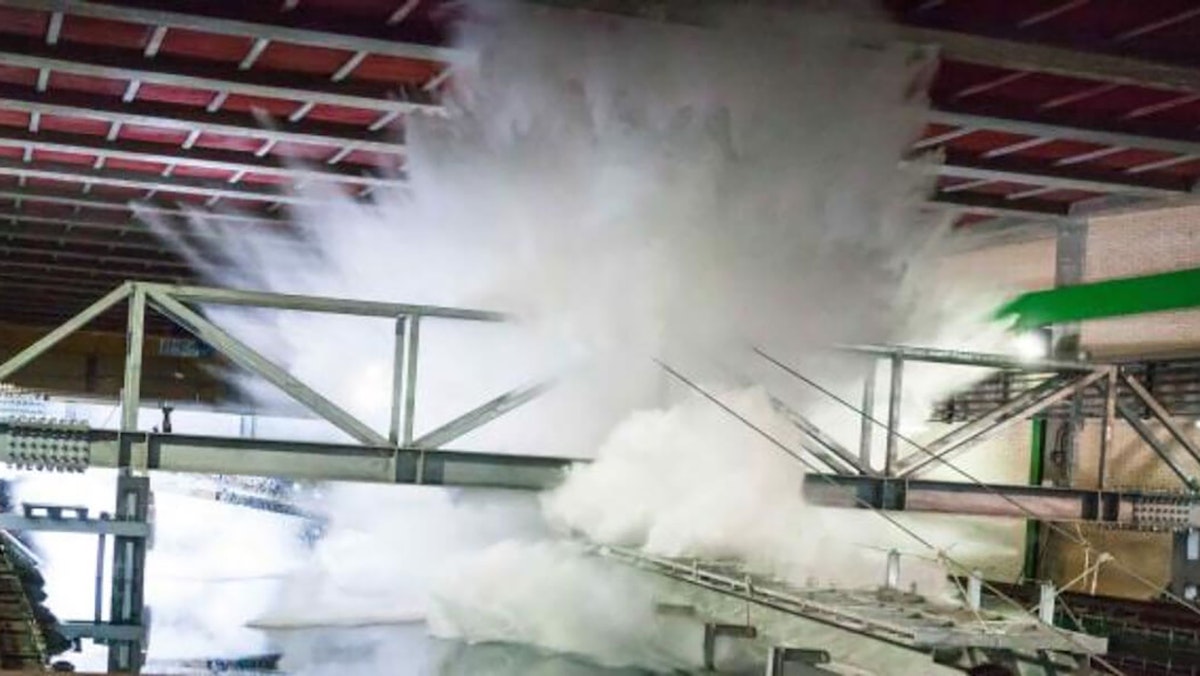Table of contents
Browse categories
Browse authors
 AB
ABAlberto Boffi
 AL
ALAlessia Longo
 AH
AHAl Hoge
 AB
ABAljaž Blažun
 BJ
BJBernard Jerman
 BČ
BČBojan Čontala
 CF
CFCarsten Frederiksen
 CS
CSCarsten Stjernfelt
 DC
DCDaniel Colmenares
 DF
DFDino Florjančič
 EB
EBEmanuele Burgognoni
 EK
EKEva Kalšek
 FB
FBFranck Beranger
 GR
GRGabriele Ribichini
Glacier Chen
 GS
GSGrant Maloy Smith
 HB
HBHelmut Behmüller
 IB
IBIza Burnik
 JO
JOJaka Ogorevc
 JR
JRJake Rosenthal
 JS
JSJernej Sirk
 JM
JMJohn Miller
 KM
KMKarla Yera Morales
 KD
KDKayla Day
 KS
KSKonrad Schweiger
Leslie Wang
 LS
LSLoïc Siret
 LJ
LJLuka Jerman
 MB
MBMarco Behmer
 MR
MRMarco Ribichini
 ML
MLMatic Lebar
 MS
MSMatjaž Strniša
 ME
MEMatthew Engquist
 ME
MEMichael Elmerick
 NP
NPNicolas Phan
 OM
OMOwen Maginity
 PF
PFPatrick Fu
 PR
PRPrimož Rome
 RM
RMRok Mesar
 RS
RSRupert Schwarz
 SA
SASamuele Ardizio
 SK
SKSimon Kodrič
 SG
SGSøren Linnet Gjelstrup
 TH
THThorsten Hartleb
 TV
TVTirin Varghese
 UK
UKUrban Kuhar
Valentino Pagliara
 VS
VSVid Selič
 WK
WKWill Kooiker
Measurement of High-speed Water Impact

CNR-INM – National Research Council - Institute of Marine Engineering
March 1, 2023
I thought it was a joke - at least for 5 minutes. Alessandro and I have known each other for a very long time and I’m by now well-trained to receive funny requests from these guys. Alessandro was talking fast, as usual, and I could catch only a few keywords from his speech: “airplane… impacting at 50m/s... roller coaster rail ... catapult using eight bungee jumping ropes... the impact in the water will be measured by a matrix of miniaturized pressure sensors and strain gauges...”.

Data acquisition system for water crash
The scientist PhD. Alessandro Iafrati called me for help with a measurement data acquisition system for a water crash test and the more he was talking the more I realized he was not joking - and I felt thrilled. Alessandro is working for the National Research Council of Italy, Consiglio Nazionale delle Ricerche (CNR), at an institute doing research in the marine and maritime contexts using both computational and experimental approaches. Research is oriented to ships and propeller systems, renewable energy devices and stuff like that.
Airplane and water… He was referring to an EU-funded project, FP7-SMAES (Smart Aircraft in Emergency Situations) motivated by the aircraft accident and the emergency landing of US Airways Flight 1549, an incident also known as “Miracle on the Hudson”. The project aimed at better understanding the aircraft dynamics and the fluid-structure interaction during the impact with the water. When he called me at the beginning of the project, the computational approaches to aircraft design and certification were not fully reliable. Tests were needed to provide a wide dataset to support the development and validation of a new generation of computational methods.
Within this context, a new High-speed ditching facility had been designed and built at the headquarters of CNR-INM, which is the former INSEAN Marine Technology Research Institute, Istituto Nazionale per Studi ed Esperienze di Architettura Navale. Established in 1927, it is located in a southwestern suburb of Rome and is staffed with more than 120 researchers, engineers, and technicians.
The new facility enabled CNR-INM to execute guided ditching tests on plates and structural components made of either aluminium or composite materials. The experimental conditions were suggested by one project’s partner (Airbus Defence and Space, Madrid) in order to overcome the important limitation of scaled model tests which do not allow capturing all the physics involved. More recently, the facility has been reused within the Eu funded project H2020-SARAH (increased Safety & Robust Certification for the ditching of Aircraft & Helicopters).
The testing facility, now named High-Speed Ditching Facility, finally looks like a roller coaster trolley mounted upside-down on a rail, and the rail is leading straight into the water.
High-speed impact facility
The HSDF facility is able to perform tests at a horizontal velocity in the range of 30 to 50 m/s. The facility is composed of a guiding structure with a total length of about 64 meters suspended by five supports over one of the ends of a towing tank 470 m long. The guide can be inclined in order to achieve the same vertical velocity component, 1.5 m/s, independently of the horizontal component.
The specimens to be tested are firmly connected to a box containing all the instrumentation which is towed by the trolley running along with the guide. The total mass of the box with the specimen and all the instrumentation is about 200 kg, whereas the total mass of the trolley and box together is about 900 kg.
The trolley is accelerated by a catapult made of 8 heavy elastic cords. The cords are attached to a U-shaped bar that embraces the trolley and accelerates it to the final speed. This is a rather massive component as the U-shaped bar is about 300 kg and each elastic cord is about 130 kg. In order to prevent any interference of the acceleration system on the test, shortly before the impact point the braking system on the U-shaped bar enters into play and the trolley is left to freely impact the water. When the plate touches the water, a jet develops which propagates along with the plate.
For the purpose of the SMAES and SARAH project activities, the experiment is over once the jet roots - and the corresponding pressure peaks – arrive at the forward edge of the plate. At that moment, the flow is free to move upwards and an intense spray develops which hits the advancing model – a splash that would bring out the child in anyone. This effect, along with the flow associated with the displacement of the water in front of the model, provides the high horizontal loading needed to reduce the speed of the model before the end of the guide. In the last portion of the guide, a set of tires is used to absorb the remaining energy.
The catapult is charged by a winch that tow an auxiliary trolley holding the main trolley through a pincer kept closed by a hydraulic piston. The auxiliary trolley is equipped with two ratchets which are used at the launch time to hold the system locked onto the teeth located at a regular distance along with the guide. The release point is selected in order to achieve the desired impact speed and to compensate in this way for the loss of strength of the elastic cords. For safety reasons, the facility is operated remotely from outside the building and two web cameras are used to monitor the ratchets and the release point.
Measurement and data acquisition system on board
For the tests, the box is equipped with an onboard data acquisition system that is operated through a remote desktop computer. The measurement system is composed of a rugged industrial-grade SBOX data logger and PC with a 100 GB SSD, 4 SIRIUS DAQ systems (8 analogic channels, 8 digital channels, and 1 CAN) and one DEWE-43A DAQ system (8 analogic channels, 8 digital channels and 2 CAN ports).
Measurements are made in terms of:
pressure sensors (up to 30 probes, Kulite XTL 123B, 300 psi full-scale range, sampled at 200 kS/s),
vibration accelerometer sensors (Kistler M101 and Kistler M301A, 1000 g range, sampled at 20kS/s) and
strain gages (single-axis or biaxial rosettes depending on the specific specimen, sampled at 20 kS/s).
The total forces acting on the plate are measured by 4 load cells for the vertical components (Kistler 9343A) and 2 cells for the horizontal direction (Kistler 9363A).
Both Alessandro and I knew the SIRIUS DualCoreADC© technology was mandatory here to get the best of the signal both from strain gauges and miniaturized pressure transducers due to the best SNR available (160dB). The 40 analog channels are required in perfect synchronization at a sample rate of 200 kS/s to get a smooth signal during the impact and to be able to visualize pressure wave evolution on the impact surface together with material stresses and total vertical load.
At the beginning of this project, I didn’t know for sure if our DAQ systems could survive such mechanical shock during both the initial acceleration and the final deceleration and impact to the tires. Moreover, in case of failures of the waterproof casings during the impact, the water flowing in may cause serious damage.
All the data are stored in the powerful SBOX data logger and transmitted at the end of the test to a remote computer via standard wireless LAN. The acquisition is started and channels functionality, battery charger, and available disk space are checked before the loading of the catapult commences. Even though the wifi connection is always active during the test, the remote desktop connection is closed during the test to prevent accidental commands that could stop the acquisition. The remote desktop is reactivated at the end of the crash to stop the acquisition and download of the data.
Finally, the model with instruments was launched up to 47 m/s horizontal velocity. The impact is quite dramatic: from the outside, the noise is quite scary and indeed the recorded movies confirm how impressive the testing phase and the water displacement during the final stage of the test.
It was very hard to lead the complete development and testing phases of this unique testing facility, so many nights spent working
Alessandro concluded when tests were done
It turned out, even he had doubted the feasibility of the project:
I could not really believe that Dewesoft instruments could measure so accurately during such shock, but finally, several tests were performed and GB of data was stored and analyzed - not a single sample was lost. The acquired data was very useful for our partners and our unique facility is now very accurate and reliable - and has become very popular.
During some tests, the thick aluminium foil was hardly deformed at all. Alessandro Iafrati was happy - and I am now waiting to be thrilled once again with his next unbelievable, splashing water project.